Top 10 Technologies That Might Save the World
The Doomsday Clock indicates that there are 100 seconds left until midnight. The clock, which was made in 1947, symbolizes how close humanity is to destroying ... read more...the planet. The initiative was initially motivated by a fear of nuclear war, and the furthest it has ever been from midnight was seven minutes. Where it is today is the closest it has ever been. Humans are on the verge of extinction, according to the team of scientists and professionals in charge of the project! But perhaps these modern innovations can enable us go back in time to the heyday of 11:53.
-
None of the upcoming technologies is as exciting or dangerous as artificial intelligence. Pop culture has conditioned us to think that the two-step process of eradicating humanity begins with AI. But it might not be. We might all be saved by AI.
Artificial intelligence outperforms human doctors at detecting cancer. It can sequence DNA more quickly than people. It has aided in finding substances for creating novel drugs. Almost every aspect of human activity may profit from this, and everything could become simpler, quicker, and more effective as a result. Or it could become hostile and murder us all. We shall see.
Advanced web search engines, like Google Search, recommendation systems, speech recognition software, like Siri and Alexa, self-driving cars, like Waymo, automated decision-making, and winning at the highest levels in strategic game systems are just a few examples of applications for AI (such as chess and Go). The AI effect is a phenomena where actions once thought to require "intelligence" are now frequently excluded from the concept of AI as machines grow more and more capable. For instance, while being a common technique, optical character recognition is typically left out when discussing items that are thought to be AI.

Image by Pixabay via pexels.com 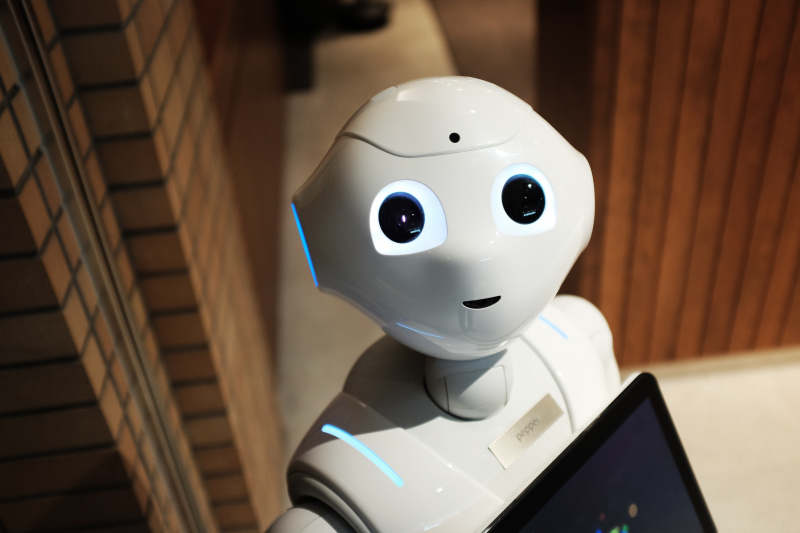
Image by Alex Knight via pexels.com -
The mycelium network, a subspace fungus network spanning the entire universe, was given a lot of attention in Star Trek: Discovery. It sounds completely insane, but it is, of course, based on the actual mycelium network that exists on Earth, not in outer space. And mycelium is actually quite amazing.
We frequently experience the advantages of fungus because it gave us penicillin. We eat both excellent cheeses and common mushrooms. The ramifications of what fungus can accomplish are astounding, though. A significant one is as a building material.
Today, 8% of CO2 emissions are caused by concrete. Mycelium and agricultural waste, such as corn husks, are combined to create mycelium bricks, which are equally strong and inherently fireproof. They also self-heal and generate a great deal less waste. Additionally, if you ever need to demolish a building, they are biodegradable. In addition, fungi can consume plastic, as we already discussed, and even consume nuclear waste, cleaning up harmful waste materials.

Image by Julia Filirovska via pexels.com 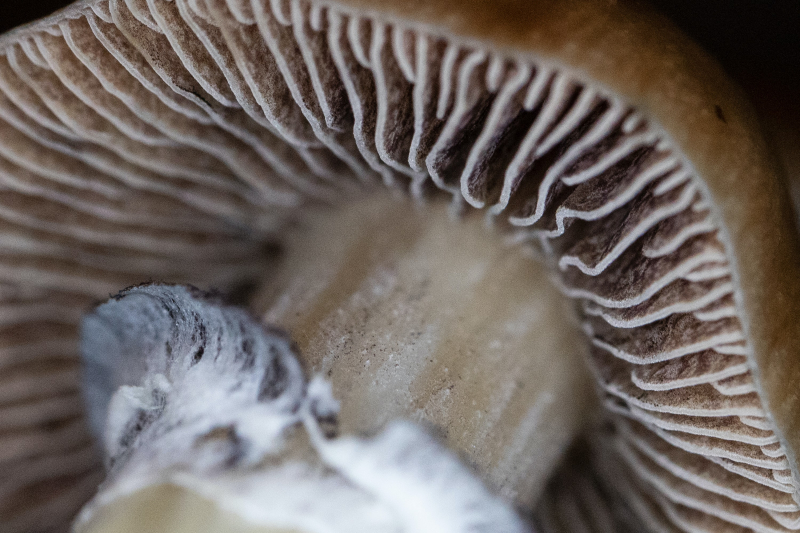
Image by Christopher Cassidy via pexels.com -
Graphene is a rather straightforward substance. Its atoms are bound together in a hexagonal lattice and it is made entirely of carbon. Even while it might not seem like much, the ramifications for what graphene can accomplish for the globe are astounding. How about energy created out of nothing, for instance?
Hydrogen atoms may be filtered using graphene membranes, and by removing their electrons, power can be generated from the surrounding air. If this technology is improved upon and scaled sufficiently, an electric car may be able to run on its own power.
More than simply air can be filtered thanks to this capacity.
Even while it might not seem like much, the ramifications for what graphene can accomplish for the globe are astounding. How about energy created out of nothing, for instance? Hydrogen atoms may be filtered using graphene membranes, and by removing their electrons, power can be generated from the surrounding air. If this technology is improved upon and scaled sufficiently, an electric car may be able to run on its own power.
More than simply air can be filtered thanks to this capacity. Both saltwater and freshwater can be filtered using graphene to create clean drinking water. Water molecules pass through, but graphene may capture salt and pollution molecules.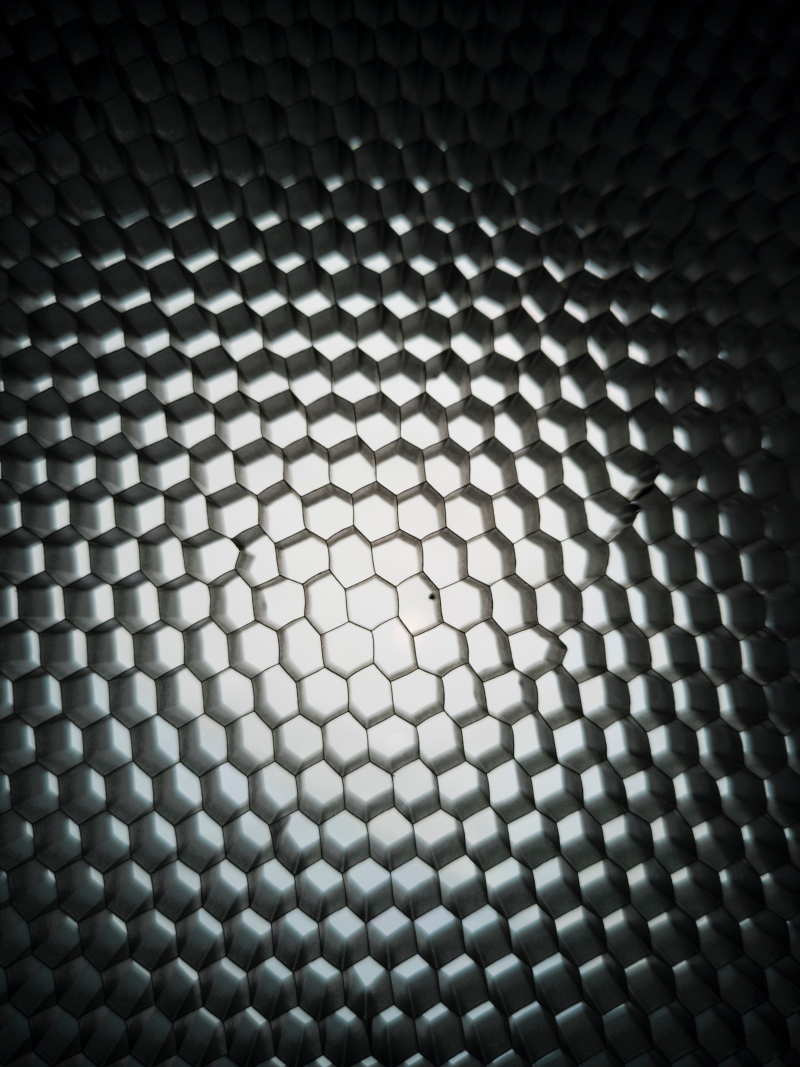
Image by Engin Akyurt via pexels.com 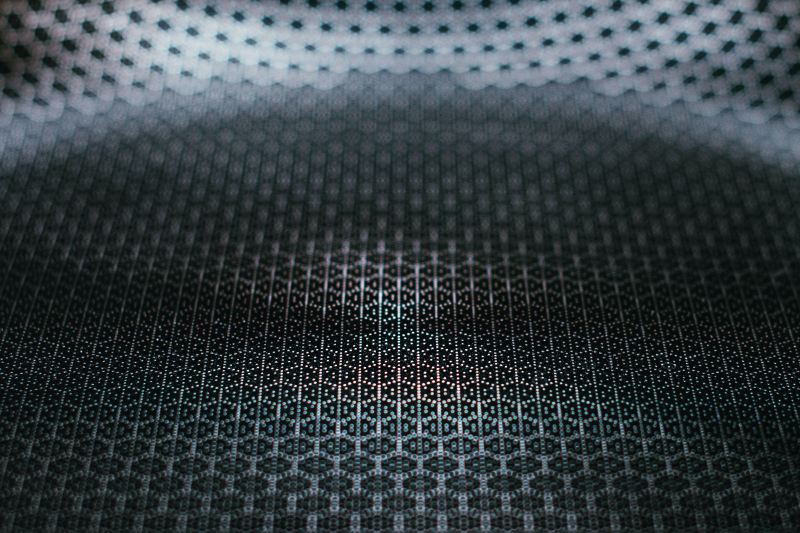
Image by Tim Mossholder via pexels.com -
A system used in the construction of homes, known as Passive House or the more hipper German moniker PassivHaus, has some very astonishing advantages. It's an almost mind-bogglingly effective form of energy-efficient home design. It can save up to 90% on heating and cooling costs. In addition to saving you money as a homeowner, lower energy costs also mean we consume less energy overall, which means we are less dependent on energy sources that emit greenhouse gases. As a result, everyone benefits from lower energy costs.
The main problem with Passive House technology, which has been available for a while but hasn't really taken off outside of countries like Germany, is that people simply don't think it's possible. They won't believe you if you tell them they can heat their house without using any electricity. However, the procedure calls for the utilization of heat exchanges, triple-glazed windows, and something they refer to as "mega insulation." Although certain buildings can be renovated, it's a process of building a house from the ground up rather than something you do to an existing one.
An effective heating system is not actually necessary for a Passive House. Almost all heating requirements can be satisfied by an air heat exchanger and windows. If the temperature drops too low, a tiny heater can be utilized. Exacting standards must be met by the building's exterior, also known as its envelope, its windows, its insulation, and its ventilation system.When they do, the system's efficiency is maximized and it works, as evidenced by the thousands of homes that have been constructed in accordance with the norm. If widely adopted, the Passive House idea could significantly cut energy consumption and waste creation because it uses 90% less energy for heating and cooling.

Image by Ivan Samkov via pexels.com 
Image by MART PRODUCTION via pexels.com -
Probably at some time, you've heard the phrase "carbon footprint," usually in reference to lowering it. The quantity of greenhouse gases that we produce through our daily activities is referred to as our "carbon footprint." They claim that lowering it will assist in saving the world, but let's be honest. It's a good idea to start at the local level, but major firms must take the lead since they are the ones doing the most harm. Expecting the average person to save the world without the assistance of big polluters reducing their footprints is a little bit dishonest.
The process of carbon capture involves capturing the carbon dioxide generated during industrial waste. Additionally, it can be drawn from the air. From there, you can choose between using or storing the item. If storing the CO2 is the goal, it is first concentrated and then placed deep below, generally in old aquifers or exhausted oil and gas reservoirs. In a way, it makes sense because the majority of those reservoirs almost certainly played a role in the initial production of CO2.
Additionally, carbon can be utilized in various contexts. It can be applied to the manufacture of steel, nanotubes, biofuel, concrete, and a variety of other items. The global goal of a 14% reduction in greenhouse gas emissions by 2015 is thought to be achievable using carbon capture. It might be the only workable way to lessen the hazardous gas concentrations in the atmosphere and slow down the impacts of climate change.
Image by Adonyi Gábor via pexels.com 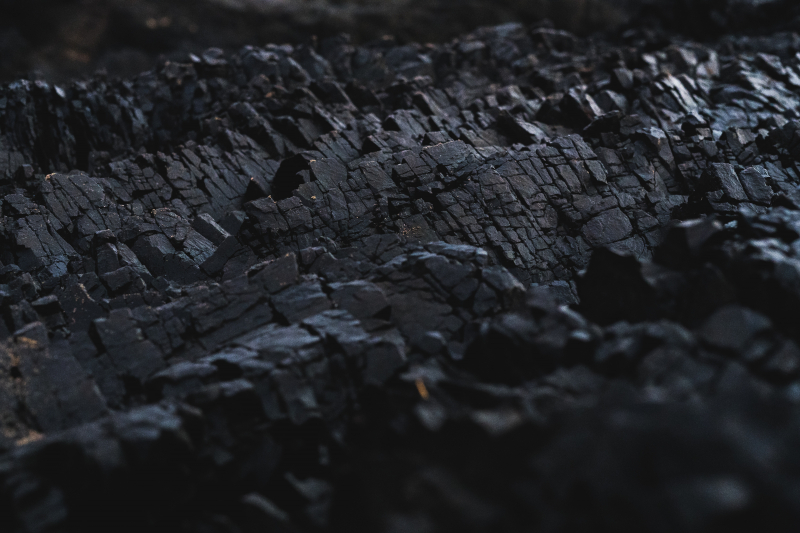
Image by Dexter Fernandes via pexels.com -
The environmental impact of livestock production is not great, yet frequently no one explains why. You're left to fill in the blanks while grinning impishly about what they mean when they say stuff like "cows create gasses." In case you were wondering, animal production accounts for 14.5% of all anthropogenic greenhouse gas emissions, or those that can be directly connected to human activity, with 7.1 gigatons of emissions. That's a significant amount. Finding a substitute could significantly help to protect the environment and slow climate change.
Lab-grown beef is one alternative that has promise. While there are obstacles to making it on a large scale and at a competitive price, it's also possible that they can be overcome as technology advances. Lab-grown or produced meat is actual meat, unlike products like Impossible Meat, which is a plant-based meat alternative. With one significant exception—the chicken never existed—whatever it says is, in fact, chicken. Instead, it develops chicken cells from real chickens in a lab. These businesses can grow a hamburger in the same way that medical science may soon be able to grow you a new kidney or lung that you require to survive.
If additional nations implemented legislation, we could all continue to enjoy hamburgers without ever having to slaughter another cow or generate all that trash. Singapore is already on board with farmed chicken.
Image by Wijs (Wise) via pexels.com 
Image by FOX via pexels.com -
According to predictions, by 2030 you'll be roaming the streets with microscopic robots doing whatever it is you hope they accomplish without turning you into a supervillain. Although the idea of nanobots has long been present in literature, it has the unfortunate consequence that it is virtually usually represented negatively. For instance, the Borg from Star Trek. However, in the real world, science still believes that nanobots will be used to improve our health rather than create a galactic army of robo-zombies.
The first xenobots were created in late 2020. They began to reproduce themselves a year later. A biological invention that can multiply and, ideally, prevent the extinction of all life in the galaxy, a xenobot is essentially a living robot.
According to predictions, by 2030 you'll be roaming the streets with microscopic robots doing whatever it is you hope they accomplish without turning you into a supervillain. Although the idea of nanobots has long been present in literature, it has the unfortunate consequence that it is virtually usually represented negatively. For instance, the Borg from Star Trek. However, in the actual world, science still believes that nanobots will be employed to improve our health rather than create a galactic army of robo-zombies.
The first xenobots were created in late 2020. They began to reproduce themselves a year later. A biological invention that can multiply and, ideally, prevent the extinction of all life in the galaxy, a xenobot is essentially a living robot.
Image by Tara Winstead via pexels.com 
Image by cottonbro studio via pexels.com -
A Seabin can lessen but not eliminate waste in the water. Furthermore, there is still a lot of plastic trash on land. What then can we do to address the pollution problem? In particular, microbes that have been modified to digest plastic may hold the answer.
Japanese researchers made the initial discovery of bacteria that had independently evolved to consume plastic back in 2016. Others have since been found in various locations all over the world. It turns out that the short lifespan of most bacteria has allowed them to reproduce generation after generation and evolve to suit what we've been feeding them, despite all the garbage humans have dumped in the last century.
Since its initial discovery, researchers have investigated the enzymes these bacteria make and have identified even more potent varieties that can consume plastic at a rate six times quicker than previously observed.
Although evolution generally takes a very long time, researchers are greatly accelerating this process. Bacteria may now totally breakdown some plastics in days as opposed to the years they once needed to do so. In order to enable this enormous plastic recycling, plants are already being created and may soon start operating. In the next ten or two years, as this technology advances, what has been a problem since plastics first arrived in the 1950s and has been progressively becoming worse since then, could be significantly improved and reduced.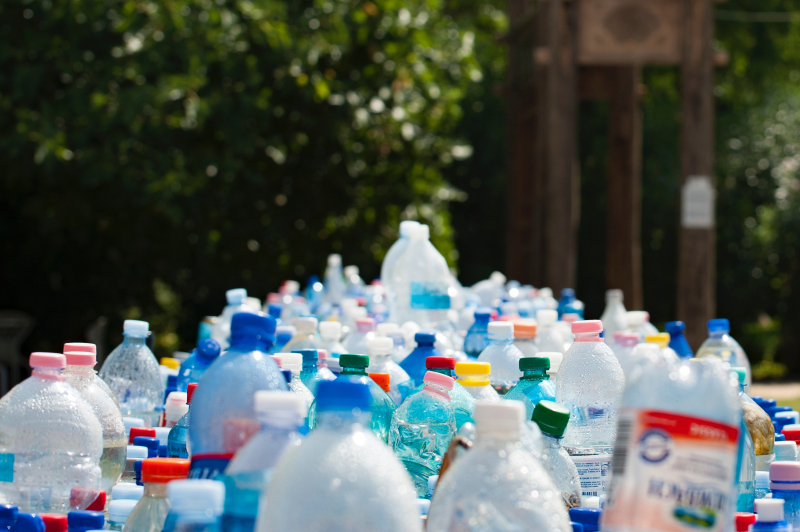
Image by mali maeder via pexels.com 
Image by Pixabay via pexels.com -
The seas are a wasteland. All of us are aware of this. We have to distinguish between the country-sized rubbish patches that float in them because they are so densely populated with junk. According to some researchers, there are 5.25 trillion pieces of floating plastic. Just the plastic is there. So what is the answer? Possible suspect: Seabins.
Simply put, a Seabin is a floating trash can. Trash flows into the bin while water rushes over the top of it. A filter at the bottom captures the debris while still allowing water to pass through. It's by no means a sophisticated machine. However, the effect is notable. Up to 1.4 tons of waste, including particles of plastic as thin as two millimeters, can be collected annually by a Seabin. It was discovered that a test bin used in Portugal could gather over 10 kg of waste per day. This contained a substantial amount of nylon fibers from fishing nets.
Many coastal cities, notably those along the Great Lakes, have the bins installed. The advantages mount up extremely quickly, and if widely used, the bins would drastically cut down not only plastic waste but also garbage from items like cigarettes and even oil.
Image by Catherine Sheila via pexels.com 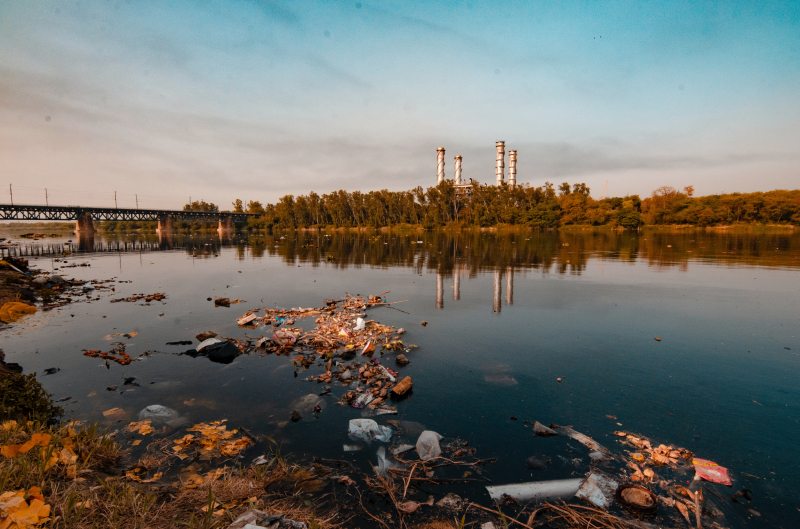
Image by Yogendra Singh via pexels.com -
Fusion energy has been long anticipated by the world. We have a lot of fission energy. All of our nuclear reactions provide this energy. The drawback of fission is that it can be risky and generates a lot of trash. It is effective, but not quite as effective as fusion.
We can currently engineer fusion because we are aware that it is possible. However, humans are capable of producing and maintaining fusion, and striving to do so consumes more energy. After all, the sun is powered by it, so that seems quite reliable.
Four million times more energy is produced by fusion than by fossil fuels. Additionally, it may generate four times as much power as a fission reaction while posing no meltdown risk or waste output. Given that it runs on hydrogen, it could theoretically power the entire planet for just pennies a day compared to the price of current energy sources.
You can see how fusion could completely alter the globe with an abundance of inexpensive, clean energy. To make it, all we have to do is use less energy than we do to create it. Perhaps the ITER reactor, which is being constructed to produce fusion at a net gain, will prove worthwhile when it is complete. All we can do is watch and wait.
Image by James Frid via pexels.com 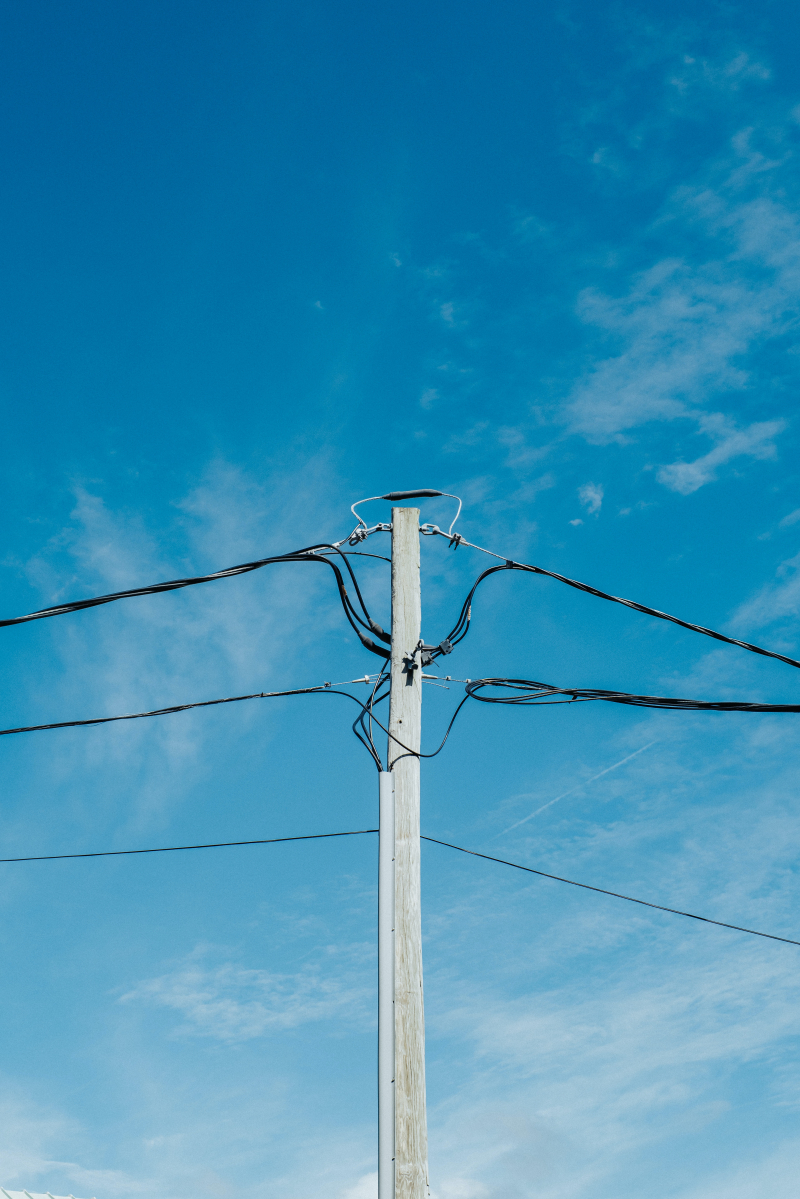
Image by ALTEREDSNAPS via pexels.com






























